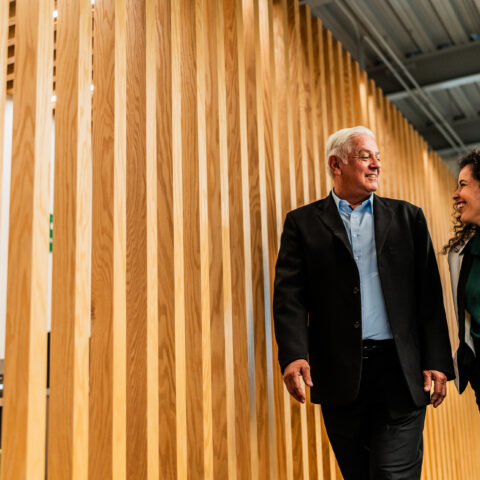Last Updated: October 8, 2024, 7 pm UTC
Selecting the right sites for a clinical trial is one of the most important determinants of successful clinical trial recruitment. In an increasingly competitive clinical trial environment where study designs have become more complex and sites are more selective about the studies they take on, sponsors and CROs are tasked with making the site selection process more efficient and site-centric.
In this blog, we discuss 3 common pitfalls in the site selection process and offer insight on how to avoid them.
- Relying too much on commercial investigator databases.
A growing number of commercial databases are now available to facilitate site identification and investigator outreach. However, investigator databases are not created equal, and quantity is less important than quality. Often, these databases are not up-to-date or well-maintained, so information may be missing or inaccurate. Investigators may have retired or no longer have the resources to conduct clinical trials.
At Premier, we maintain a robust proprietary database of curated, up-to-date information on sites and investigators that have signed data privacy agreements. Our database includes metrics on the precision and quality of clinical trial performance, making it easier to identify potentially eligible sites. - Failing to provide sites with the data they need to make an informed decision.
Sending a blinded protocol may not give sites the information they need to make preliminary decisions about their interest in a study. While blinded protocols usually provide a general description of the drug and high-level inclusion/exclusion criteria, they typically lack information necessary for understanding site and patient burden, such as the schedule of events or the type, frequency, or invasiveness of assessment. In fact, many sites will not sign a non-disclosure agreement (NDA) or even respond to a study inquiry without knowing the key details of a proposed trial.
Establishing master NDAs with known sites that have a proven track record allows CROs and sponsors to share unblinded protocols upfront. Alternatively, initiating site outreach through smaller, informal discussions with key opinion leaders, rather than with lengthy questionnaires, may be a more effective approach to both study feasibility and site selection. - Placing undue burden on sites with long site recruitment questionnaires (SRQs).
SRQs vary widely in scope and can be as many as 75 questions long, covering both study-specific and site-related criteria. Most clinical trial support staff also have core clinical job responsibilities, so their time is at a premium. While sites generally set a goal to respond to SRQs within 72 hours, only 14-20% of sites respond within 7 days.
To be effective, an SRQ must strike a fine balance. It needs to collect all the information necessary for performing an initial evaluation of the potential site without being too lengthy or complex. Look for opportunities to trim the SRQ, limiting it to 16-20 questions that are very specific to the study protocol and help to confirm that:
- The site is interested in the study,
- The study meets the needs of their patient population, and
- The site has recruitment strategies in place to meet their enrollment target if they need to supplement their patient database.
If possible, utilize a digital survey technology that not only facilitates SRQ completion, but also allows weighting of responses to place greater importance on questions that are critical to study feasibility and site eligibility.
Key takeaway
In any study, the most valuable commodity is time. Finding opportunities to improve and streamline the site selection process will have positive downstream impacts on recruitment, enrollment, and data quality. By making the process more site-centric, sponsors and CROs can ensure more timely and effective communication, thus minimizing delays and increasing the likelihood of success. At Premier Research, we have deep expertise in site selection, with a focus on finding ways to simplify processes and improve technology adoption to decrease the time, cost, complexity, and risk of conducting clinical trials.
For a deeper dive on strategies for optimizing the site selection process, click here.

 Webinar
Webinar 


 Perspectives Blog
Perspectives Blog 